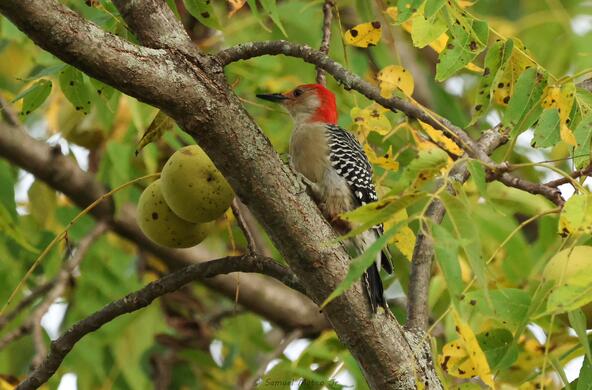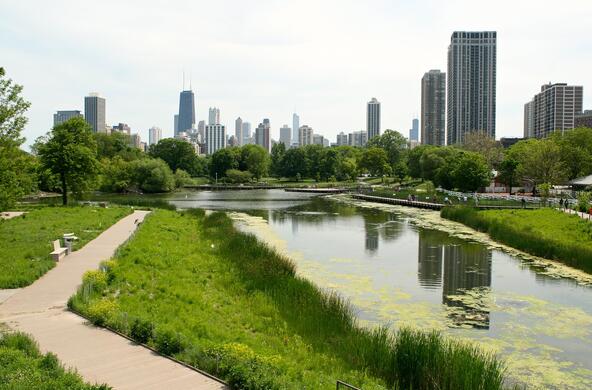For more than a decade, metropolitan Baltimore, Maryland has been one of my primary research sites. As the Director of the Baltimore Ecosystem Study (BES), a Long Term Ecological Research project, I work with colleagues to reveal how watersheds can be used to understand interactions among social, biophysical, and built environments.
By integrating biological, physical, and social sciences, the project brings a diversity of stakeholders to the table as it investigates an urban region as an ecological system. Partners include natural scientists, sociologists, educators, landscape architects, and urban planners.
Three major questions are central to the project: what are the fluxes of energy and matter in the city, and how do they change over time; how does the spatial structure of natural, built, and sociological factors influence ecosystem function; and how can urban residents improve the quality of their environment and their lives by understanding the ecology of the urban system?
Unlike the natural settings that typify most ecological research, our field site is a matrix of sidewalks, structures, cultural centers, waterways, vacant lots, vibrant streets, and urban dwellers. Within this landscape, flashes of native diversity still exist, from birds to plants.
The lessons we have learned are rich. From the way that the built landscape influences water quality to the socio-economics of environmental access, an integrated approach is essential to understanding urban ecosystems. As this knowledge base grows, it can help improve current conditions and inform future urban planning.







